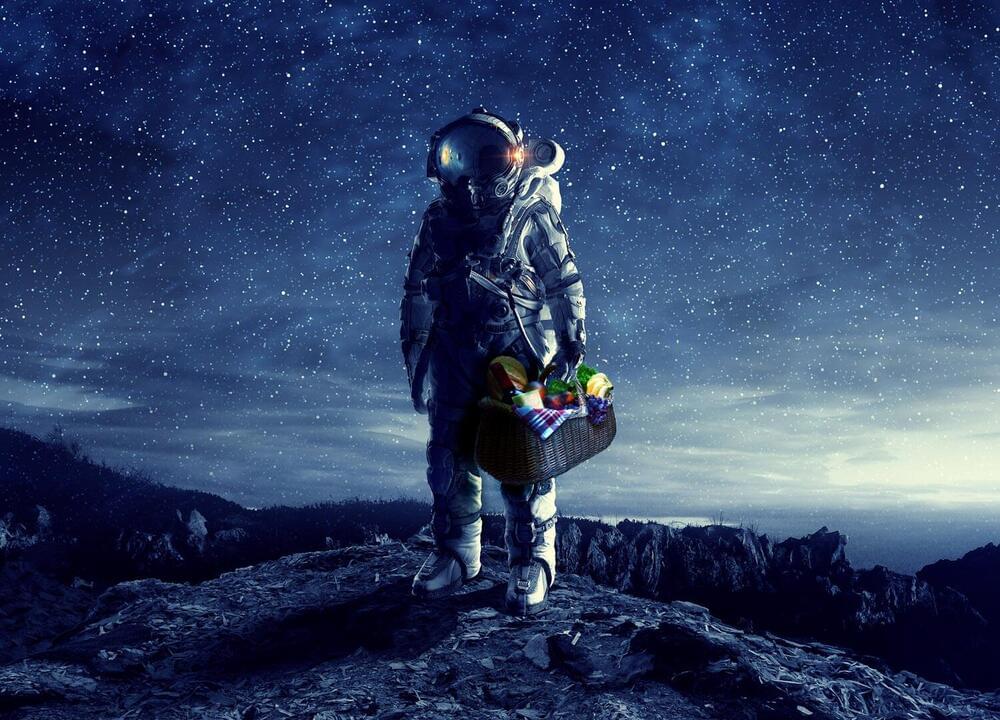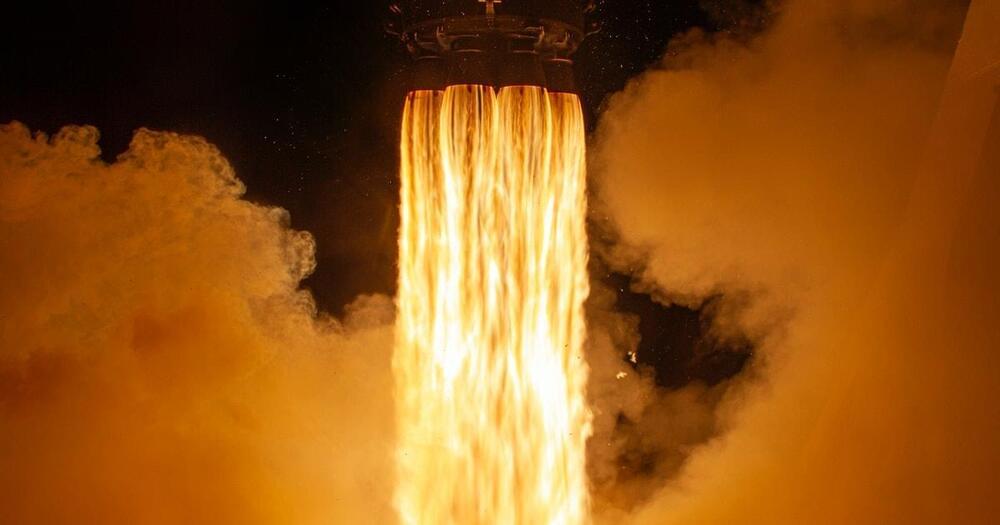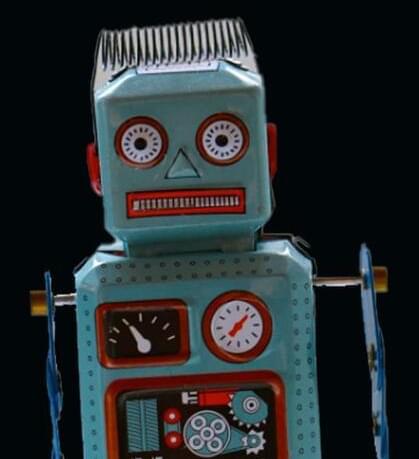Professor Stephen Hawking’s final theory on the origin of the universe, which he worked on in collaboration with Professor Thomas Hertog from KU Leuven, was published in 2018 in the Journal of High Energy Physics.
Coffman said he could not elaborate on many of the specifics related to advanced degrees of autonomy, but he did point out a few distinct and significant advantages newer applications of robotic autonomy will bring to the force. For example, perhaps an autonomous vehicle could benefit from force-wide, cross-domain networking and learn of upcoming barriers, obstacles or even enemy force locations? Perhaps artificial-intelligence-enabled forward robots can gather large volumes of sensor data, process and organize the critical information during operations and make adjustments and determinations as needed according to certain variables.
“What we learned is based on their mobility, their excellent mobility and their autonomous behaviors, we can actually have them move on a separate axis of advance and link up with the humans on the objective. So they can autonomously move without humans, link up with the humans, transfer back control, and then execute the mission. This gives the enemy multiple dilemmas,” Coffman said.
Replika users say that it’s all too easy to form a meaningful – even romantic – attachment to your AI friend.
It is clear to see that the variety of businesses, individuals, and entities that could potentially operate in the metaverse is vast. The widespread use and acceptance of decentralization through the growth of crypto, NFTs, and DeFi point to a fully-realized future operating outside of the parameters of today’s established markets.
Evidently, therefore, the metaverse is not a sci-fi fantasy conjured up in a dystopian novel, but a more tangible and natural progression for the current structuring of the internet. The founding principles of the metaverse have already been introduced in many ways. Now its development centers on blockchain technology and DeFi to propel it from the conceptual stage towards the implementation phase. This development will allow us to firmly realize the true extent that the metaverse will impact our lives.
The gaming industry is one such sector that stands to benefit greatly from developments arising in the metaverse. Gaming skins, which are in-game avatar outfits, are expected to trade at a level of $40 billion every year. Eighty-one percent of players aware of these skins want to trade them for real-world money, according to a report from DMarket. Currently, there is no method of transferring skins across gaming universes or trading them for currency. In the metaverse, however, as every separate gaming universe is connected through a decentralized economy, this would be possible. The use of metaverse-based banks would also enable transactions like these.
Google Earth VR is a fun and useful way of seeing the world—it’s easy to lose yourself visiting your hometown, or mapping out new adventures thanks to the company’s extensive 3D building scans. Unfortunately Google Earth VR is a PC VR only app, meaning it doesn’t work natively on Quest. That’s not set to change anytime soon, although a third-party Quest app is looking to offer up much of the magic of Earth VR while also making it a multiplayer experience.
Wooorld (that’s three ‘o’s) isn’t being developed by Google, however it appears to be making good use of Google Maps APIs, giving it access to all the 2D and 3D data you’d find on Google Earth VR.
One of the biggest differences is that Wooorld offers up a more limited rendering of Earth 3D data, which was undoubtedly done to lighten the load on Quest’s more modest mobile chipset.
As NASA prepares to send astronauts further into the cosmos than ever before, the agency aims to upgrade production of a critical fuel source: food. Giving future explorers the technology to produce nutritious, tasty, and satisfying meals on long-duration space missions will give them the energy required to uncover the great unknown.
We will soon need to make some difficult choices.
Given current trends, that number will be reached within a year or so. There are ways to mitigate the effect of these streaks. Painting the satellites and adding reflective panels could reduce their brightness, particularly at infrared wavelengths that are important for near-Earth asteroid detection.
But the study points out that the mitigation strategy currently proposed by Starlink won’t be sufficient to avoid an impact on astronomy.
It is clear we will soon need to make some difficult choices about satellite Internet. While it could broaden human connection to even the poorest and most remote regions of the world, it could also destroy our ability to view the heavens and more deeply understand the universe we call home.
UNESCO has announced a major new coral reef off the coast of Tahiti – stretching 3 km (1.9 mi) and in ‘pristine’ condition – discovered by marine biologists as part of the Seabed 2030 Project.
The Neuro-Network.
𝐒𝐓𝐀𝐍𝐅𝐎𝐑𝐃 𝐌𝐄𝐃𝐈𝐂𝐈𝐍𝐄
𝐒𝐞𝐱-𝐭𝐲𝐩𝐢𝐜𝐚𝐥 𝐛𝐞𝐡𝐚𝐯𝐢𝐨𝐫 𝐨𝐟 𝐦𝐢𝐜𝐞 𝐠𝐮𝐢𝐝𝐞𝐝 𝐛𝐲 𝐝𝐢𝐟𝐟𝐞𝐫𝐞𝐧𝐜𝐞𝐬 𝐢𝐧 𝐛𝐫𝐚𝐢𝐧’𝐬 𝐠𝐞𝐧𝐞 𝐚𝐜𝐭𝐢𝐯𝐢𝐭𝐲
𝙎𝙩𝙖𝙣𝙛𝙤𝙧𝙙 𝙨𝙘𝙞𝙚𝙣𝙩𝙞𝙨𝙩𝙨 𝙛𝙤𝙪𝙣𝙙 𝙢𝙤𝙧𝙚 𝙩𝙝𝙖𝙣 1,000 𝙜𝙚𝙣𝙚-𝙖𝙘𝙩𝙞𝙫𝙖𝙩𝙞𝙤𝙣 𝙙𝙞𝙛𝙛𝙚𝙧𝙚… See more.
What’s the missing ingredient in the secret sauce behind human-level intelligence? Is it something we can teach the machines? property= description.









